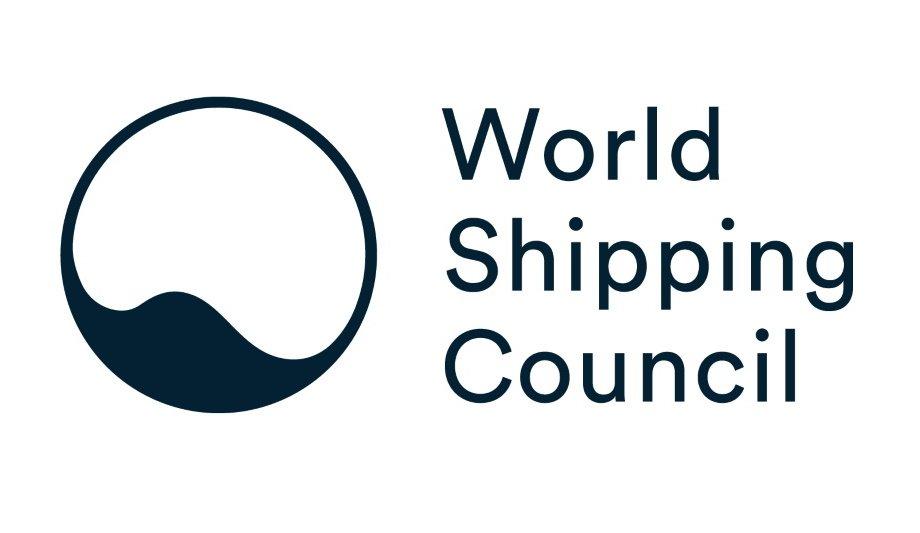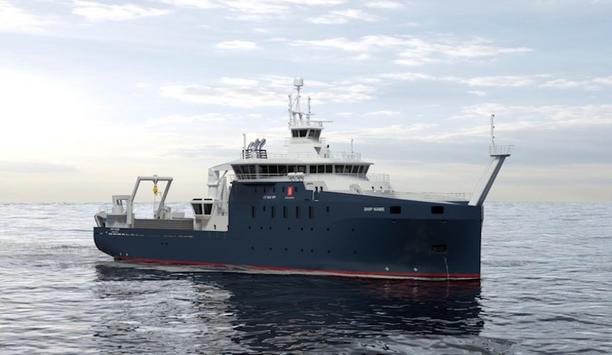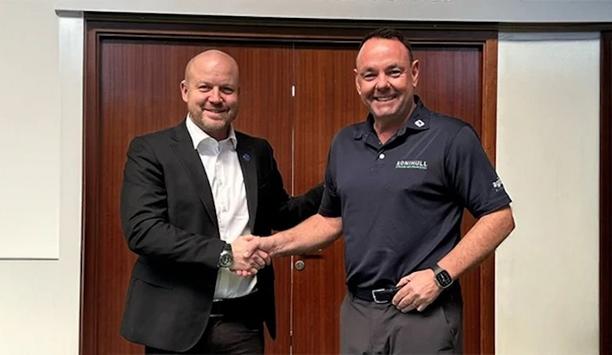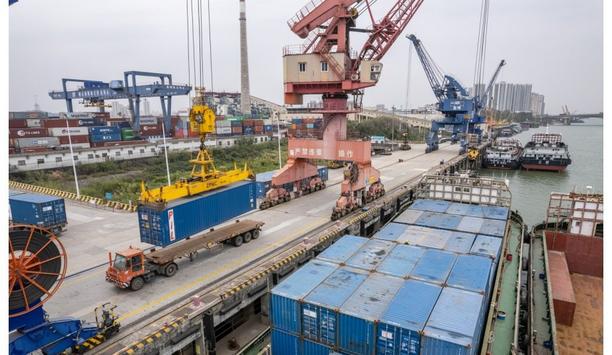Every year, 241 million containers are transported across the seas with over 7 trillion dollars’ worth of food, clothes, electronics and other goods that the world needs. While crucial for the smooth functioning of the global supply chain, containers and their cargoes can also harbour and transfer contaminating pests.
All parties in the supply chain have a shared responsibility for stopping the spread of pests, by keeping cargo and containers clean, when in their custody.
Joint Industry Guidelines for the Cleaning of Containers
The updated version of ‘Prevention of Pest Contamination of Containers: Joint Industry Guidelines for the Cleaning of Containers’ published by BIC, COA, IICL and WSC provide easy-to-use best practices to help everyone carry out their responsibilities.
The original version of the Joint Industry Guidelines for the Cleaning of Containers, published in 2017, was well received by regulators and industry, and has become a valued source of guidance, when it comes to preventing pest contamination.
Pest contamination is an issue of societal concern
Together, these developments send a clear message: Pest contamination is an issue of societal concern
Since then, the world has learned more about the transfer of pests, the climate conditions have changed, and trade has grown. Together, these developments send a clear message: Pest contamination is an issue of societal concern.
In response, industry parties representing different parts of the container supply chain - the Bureau International des Containers (BIC), the Container Owners Association (COA), the Institute of International Container Lessors (IICL) and World Shipping Council (WSC) – are now launching an updated version of the guidelines.
Introduction of new pests can upset an existing ecosystem
Experience shows that the introduction of new pests can severely upset an existing ecosystem, with serious ecological consequences and possibly billion dollars impacts on a nation’s economy.
Regulators and national authorities play a central role in stopping the transfer of pests, but given the scale of global trade it is prevention – stopping pests from entering cargo or containers in the first place – that is the best solution.
Enhancing the level of prevention across the supply chain
The BIC, COA, IICL and WSC are looking to further improve the level of prevention across the supply chain
With the updated ‘Prevention of Pest Contamination of Containers: Joint Industry Guidelines for the Cleaning of Containers’, the Bureau International des Containers (BIC), the Container Owners Association (COA), the Institute of International Container Lessors (IICL) and World Shipping Council (WSC) are looking to further improve the level of prevention across the supply chain, in order to stop the transfer of pests.
“When each party in international container supply chains makes sure to start and end their work with clean cargo and containers, then containers will reach their destination faster, while our agriculture, forestry and natural resources are preserved,” says Lars Kjaer, Senior Vice President of the World Shipping Council (WSC).
Ensuring proper maintenance of cargo and clean containers
All parties in the supply chain - from manufacturers, to exporters, packers, freight forwarders, inland logistics providers, warehouse storage providers, ocean carriers, and importers - must take responsibility for maintaining cargo and containers clean, when in their care.
By applying the best practices described in this Guide, the parties can keep containers and their cargoes clean, fulfilling their custodial responsibility and reducing the risk of pest contamination and transfer.
The ‘Prevention of Pest Contamination of Containers: Joint Industry Guidelines for the Cleaning of Containers’ are complementary to the direction provided in various guidelines published by the IPPC and in the IMO/ILO/UNECE Code of Practice for Packing Cargo Transport Units (‘CTU Code’), regarding prevention of pest contamination of containers.











